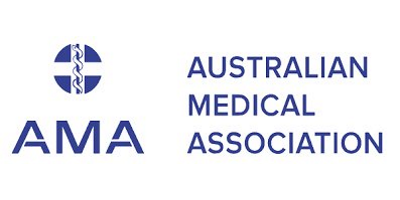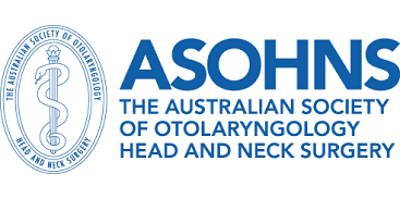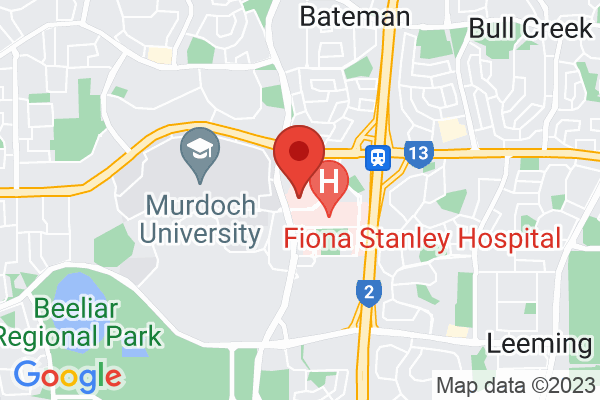Hearing loss
Hearing loss may be temporary or permanent, depending on the part of the ear that is affected.
A conductive hearing loss relates to problems of the outer and/or middle ears and are often temporary in nature.
Hearing loss caused by the outer ear may be due to a deformity of the ear itself, or the ear canal. The surgeon will advise on the best management for these conditions, called Atresia or Microtia. Hard occluding earwax may also cause a slight reduction in hearing and would require ear wax softening drops such as olive oil prior to attending the ENT appointment for microsuction. Additionally, infections may also occur in the canal, called Otitis Externa, and require cleaning by the specialist prior to managing it with antibiotic eardrops.
Hearing loss related to the middle ear is very common and is often caused by an infection (i.e. Otitis Media). When the ear infection is recurrent or long-standing, fluid can accumulate in the middle ear and stop the tiny bones in the middle ear from moving properly, resulting in hearing loss. Grommets or ventilation tubes are tiny tubes that are placed in the eardrum to allow ventilation of the middle ear. A tiny cut is made in the eardrum (the cut is called myringotomy) and the grommet is inserted into the hole. If there is fluid or ‘glue’ in the middle ear, the surgeon will use suction to take some of this out. A short-term grommet, the most common, will remain in the ear anywhere form 3-24 months. Long-term grommets are larger and have flanges that secure them in place for a longer period. They eventually drop out of the ear with wax and in most cases the eardrum will close on its own. The surgery itself is very quick and your child will be able to go home on the day of surgery.
Hearing loss that is permanent in nature is called a sensorineural hearing loss and occurs due to damage of the inner ear (the Cochlea). The damage can be congenital, hereditary or be acquired (i.e. trauma). Surgical management is often of no benefit, and children with this type of loss will be referred to Hearing Australia for amplification and assistive listening devices to improve their hearing in everyday situations, including the classroom.
In some cases, hearing loss involve both the outer or middle ears, as well as the inner ear in which case it will be classified as a mixed hearing loss. Medical management may be warranted, on top of assistive hearing devices from Hearing Australia.
Your surgeon and Audiologist will guide you on the appropriate management options to treat all the above hearing losses.













